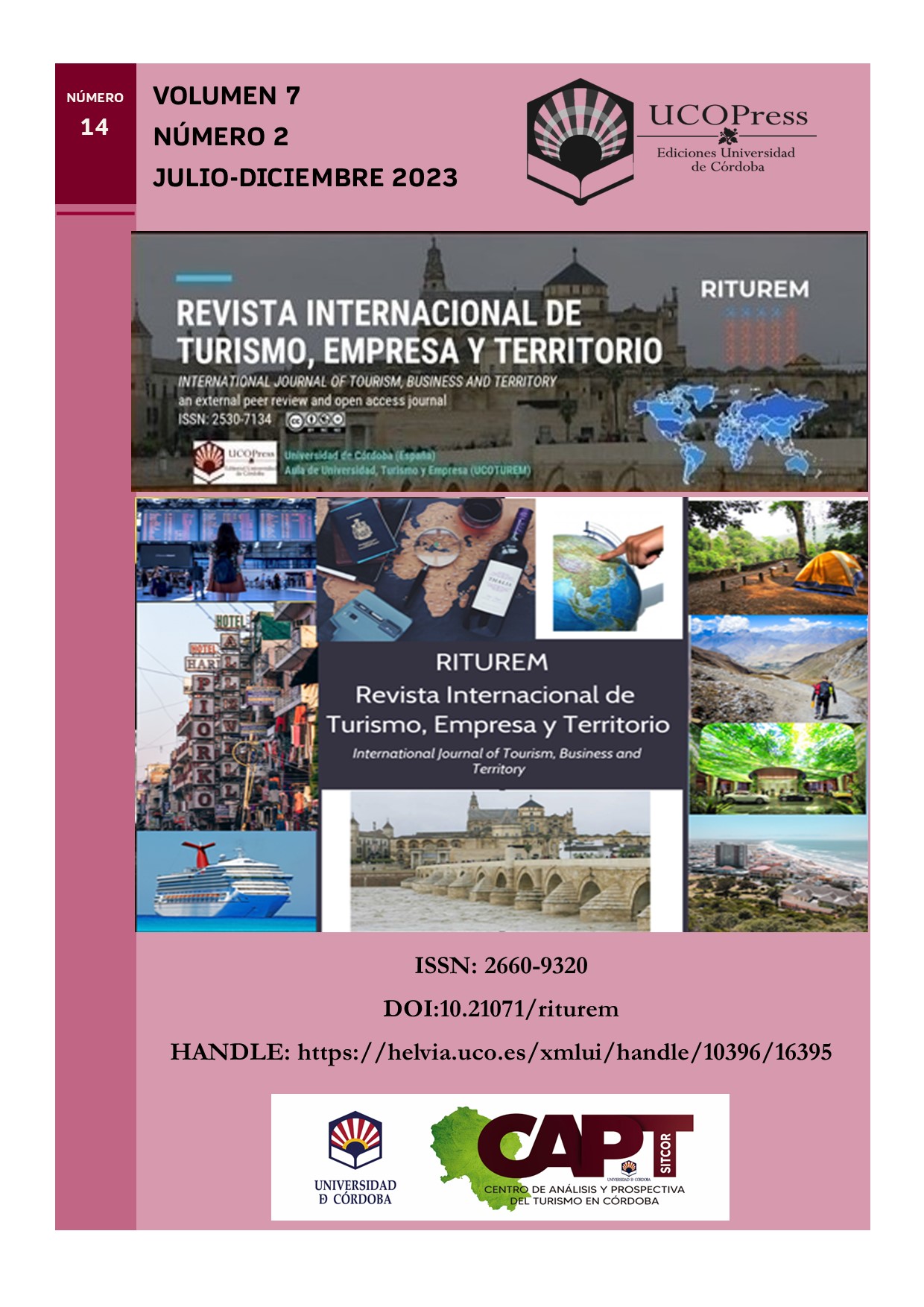The Camino de Santiago: From Religious Route to Inclusive Tourism Attraction Background
Main Article Content
Abstract
The completion of the Camino de Santiago is a great and significant experience that we have been able of the path and with pilgrims with different abilities and different reasons for traveling the path. I met along the different stages of the way, pilgrims with different capacities and different reasons for walking the trail. It was interesting to see the multifaceted offerings of what has become a generator of tourism attracting a wide variety of visitors. The route I took was the Portuguese one, on which I walked from Valença do Minho (Portugal) to Santiago de Compostela, through forests and small towns, enjoying history, culture, etc. I witnessed how the towns through which the route passed opened up to support and even assist the hikers in this process, showing the same enthusiasm and dedication every day, as if it were the first, not losing their enthusiasm and sincerity with the passage of time. I am sure that, to a large extent, the Way's success is thanks to those citizens who open their doors and businesses and share their traditions. All this leads me to analyze how the pandemic has affected the Camino, the strategies to deal with its negative effects, and the important role that technologies play in transforming this tourism experience into one that is more inclusive and characterized by empathy and friendliness.
Keywords: Camino de Santiago, tourist experiences, inclusive tourism, social inclusivity.
Downloads
Article Details
Copyright Notices Proposed by Creative Commons
Proposed policy for journals offering deferred open access
Those authors who have publications with this journal, accept the following terms:
1. The authors will retain their copyright and guarantee to the journal the right of first publication of their work, which will be simultaneously subject to the Creative Commons Recognition License CC BY-NC 4.0 (Creative Commons — Attribution-NonCommercial 4.0 International — CC BY-NC 4.0 ) hird parties to share the work provided that its author and its first publication is indicated this journal and no commercial use is made.
2. Authors may adopt other non-exclusive licensing agreements for the distribution of the published version of the work (e.g., deposit it in an institutional telematics file or publish it in a monographic volume) provided that the initial publication is indicated in this journal.
3. Authors are allowed and recommended to disseminate their work over the Internet (e.g. in institutional telematics files or on their website) before and during the submission process, which can produce interesting exchanges and increase citations of the published work. (See The effect of open access: http://opcit.eprints.org/oacitation-biblio.html.
